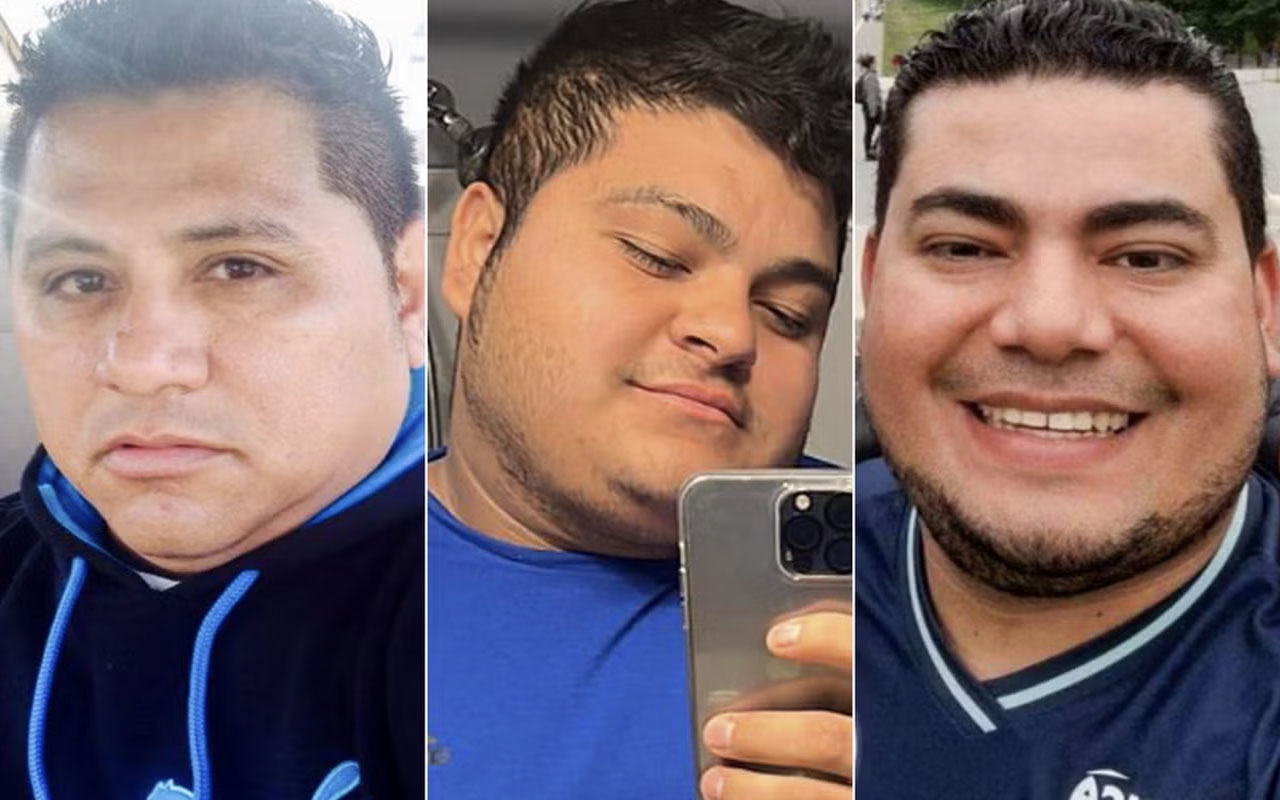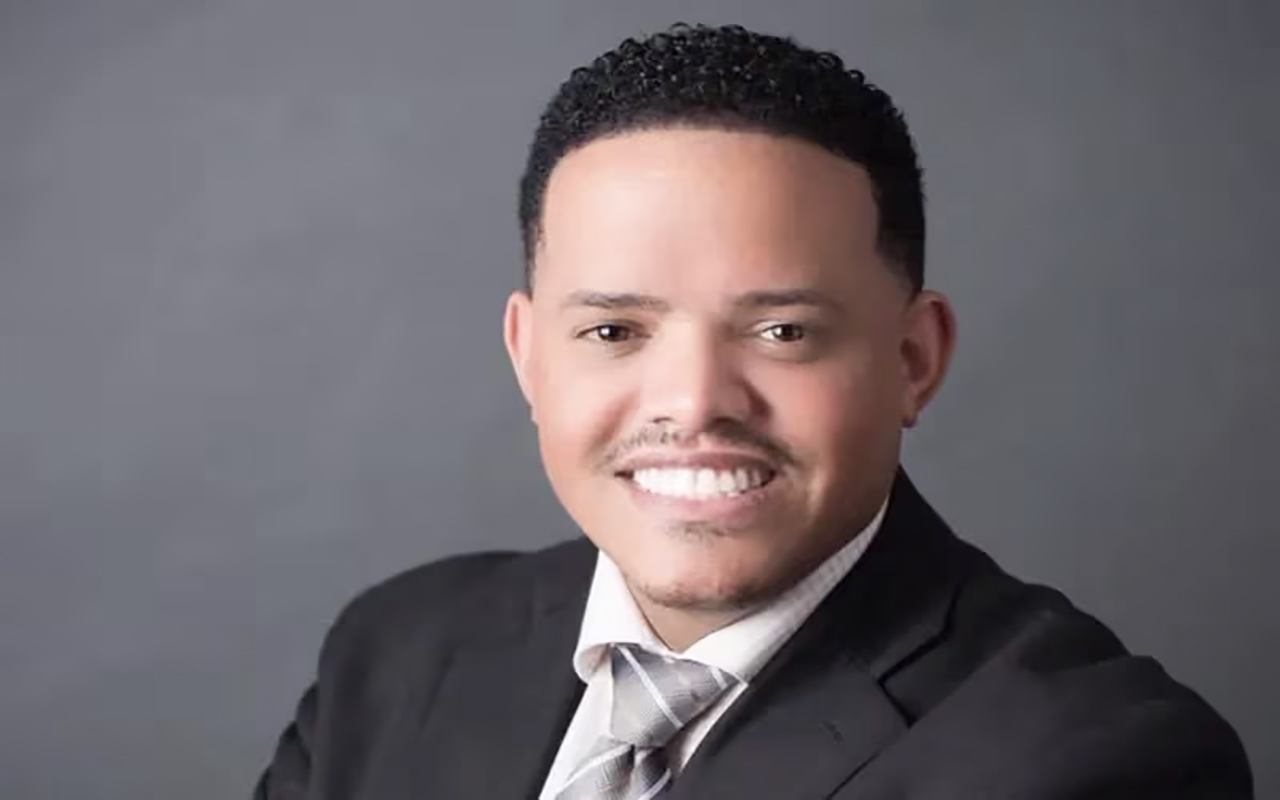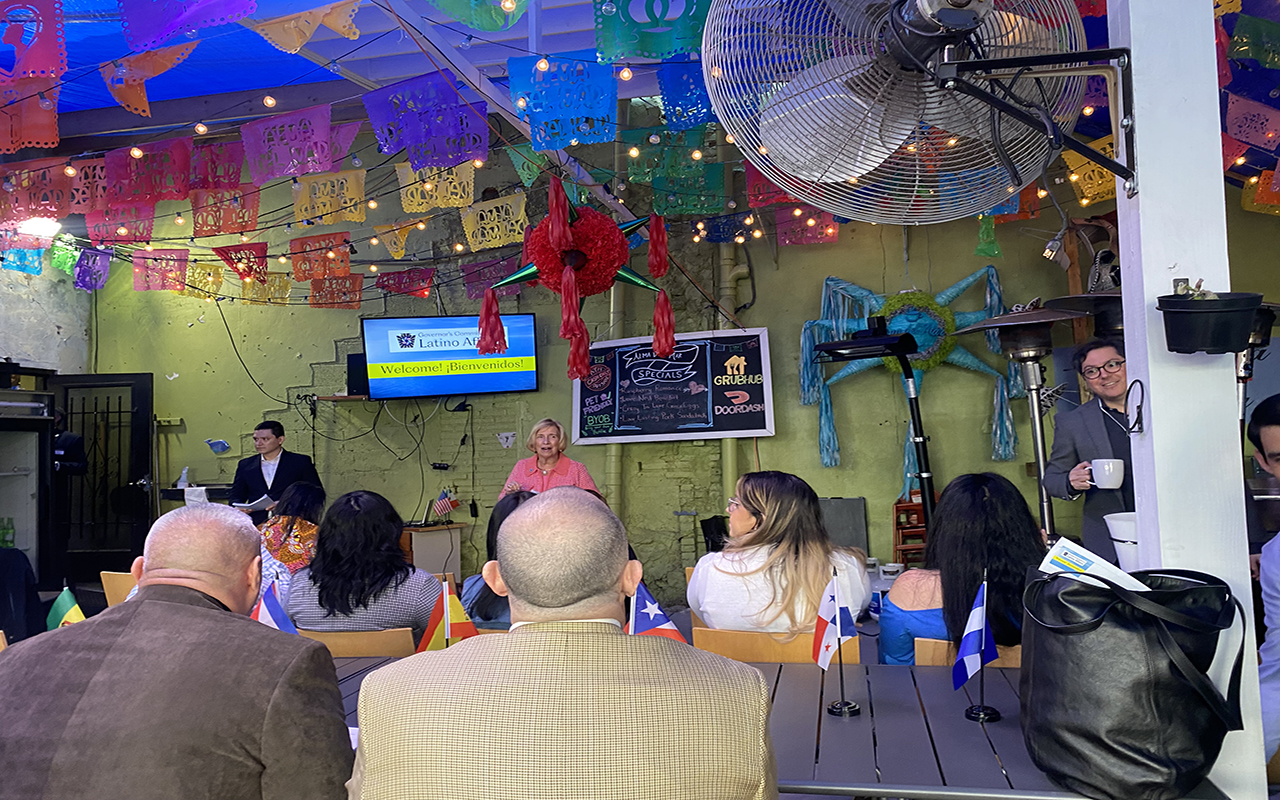
Hector Hernández's Spin To Success
“I’m going to tell you where it all began”, Héctor Hernández hurriedly began, at his home in Guadalajara. He passes through the front porch, living room, kitchen and there it is… a patio measuring about 3X3 meters, containing clothes that has been hung out to dry, plants and empty turned over pails.
The only unusual element there is the ballet beam poised against one of the patio walls and –on the other side—a window looking towards the living room, which glass served as a mirror so that his children and ballet students, Isaac and Esteban could adjust their poses.
It’s a clothe-line patio full of memories. Laura, his wife and mother of the only two foreigners to ever win first place in the Cuban ballet competition, smiles as she remembers the times that the kids, quite upset, left the patio saying, “I’ll never take classes with my father again”.
At other times, the protests came from the father and teacher, a Mexican who missed out on his first opportunity to study ballet, at age 13, when a tall and very well mannered Russian came to his house in Monterrey (Nuevo León) to offer him the scholarship he had applied for in the US. His scandalized mother, Noemi, forbid him from accepting because she thought they would kidnap him and, also, because ballet was not for men.
“I’ll never teach them again”, said an infuriated Hector when leaving the patio. His wife, Laura, says that she was caught up in the middle of the melodrama but was able to calm them down and the classes, which lasted up to six hours a day, continued, rain or shine… the ballet dancers new that the meeting place was the patio and that each of them had to carry a sheet of wood so that they didn’t have to practice on the cement floor.
Hernández believes one should study according to one’s capacity, be free to learn whatever one chooses and without limitations “so that those will special capabilities won’t be frustrated”. That is why his 11 children study at home, and not only ballet (which 6 of them study) but also their regular school classes.
Hernández, 59, remembers that he was a self-taught teenager. “I liked to seek options, do my own research”.
That is how he stumbled upon classical ballet at the age of 13. He saw a picture of a Soviet ballet dancer with his son, navigating on a canoe on the cover of Life magazine. “He was in great shape”, he remembers. Later on he learned about scholarships to study in the US, by reading TIME magazine.
“I romantically wrote them, certain that because I wanted it, it would come true”.
The next step was to send of picture of his foot, to show that it was arched and ensure them that he could stretch, of his elasticity and that he was thin… all this to get out of Monterrey, where folk ballet was the only ballet that existed.
He gained his elasticity through three to four years of karate training. “Ballet is like some form of less violent karate practices, with more stylized forms”.
Thus, he met the requirements, but the sophisticated Russian who barely spoke Spanish scared Noemi, who since then, upon learning about her son’s “madness”, began to take greater care of him.
Hernandez’s father had passed away. “Study animal husbandry or bricklaying your whole life”, was the message he left him.
Thus, the goal then became the National Dance Academy in Mexico City. It took him two years to get there. “My mother married a North American, who was not very smart, and wanted us to go with them to work (in Houston, USA), and no, I wanted to study”. So, he ran away from home at 16, but he was too old to enter the ballet school.
He was only allowed to take night classes with the adults. He later slept in the woods and bathed and washed his clothes in fountains. He lived like this four three months until he discovered that he could hide in the kitchen door of a military base near the school; the cook caught him and offered him a place to sleep in the kitchen and his morning breakfast.
“I began to gain moral and physical strength (from breakfast”. I watched the day classes and six months later I had obtained a scholarship and was sleeping in the school dorm. He asked teacher Michael Land to allow him to take his classes. “If you are in the way, you’re out”, he said, but later, in 1968, he invited him to Houston as a ballet dancer. He was reunited with his family at the age of 19 and danced there for three years.
The Russian Rudolf Nureyev got him a scholarship in NY and though they told him that the Rebekah Harkness school was for exceptionally gifted students, he studied there for five years. “When I entered the room I was no longer interested in anything else, I felt nothing, I never once visited the doctor”.
In New York he worked for seven years –among others—with the Harlem Dance Theater, a ballet company where he experienced discrimination against the black community.
Back in Mexico and the story about the clothe line patio, the house where he has lived for the last two decades, the challenges were different. He was married to Laura, with whom he danced in Houston and San Antonio and who was one of his students in Monterrey, where he founded two ballet schools in the 1970’s.
“Still a Taboo”
“Few people practice classical ballet; the misinformation that it something for girls and to shape nice bodies, still exists. For boys, it is still currently prohibited.”
Hernandez believes his sons made it possible to show “that it is not degenerative, depraved…”, but he acknowledges that it is still a taboo and says that only 10 or 15 percent of the classical ballet dancers in Mexico City are men.
Isaac and Esteban, who were constantly mocked because “they wore women’s tights” explained to their friends that they were like their work equipment. “I can do this with tights. What can you do?”, Laura remembers Isaac saying when they treated him like a girl.
Now, at 17, Isaac is considered as perfection in Moscow and a month ago began to dance with the San Francisco ballet, and Esteban, 13, is preparing to compete in Turkey, next September.
But it wasn’t easy to make them dance ballet. None of the six of them wanted to and this on top of the fact that Hernández considered that the education offered in his country would not take them to the international level he wished for.
Hernandez questions the fact that after 40 years the classical ballet training has not advanced, with regards to its technique. He feels frustrated by the bureaucracy, lake of discipline and because the results, with Cuban teachers, for example, produce different results than in Cuba. “They don’t have the same determination”, he says.
He thus took on training his children, but they thought it was tiresome to stand still in one spot. He began to convince them with karate classes, to provide greater elasticity and they then began to enjoy the classes.
“I believe we have contributed something to dance… there weren’t any dancers that spun as much, now they do 15 or 20 pirouettes…".










LEAVE A COMMENT:
Join the discussion! Leave a comment.